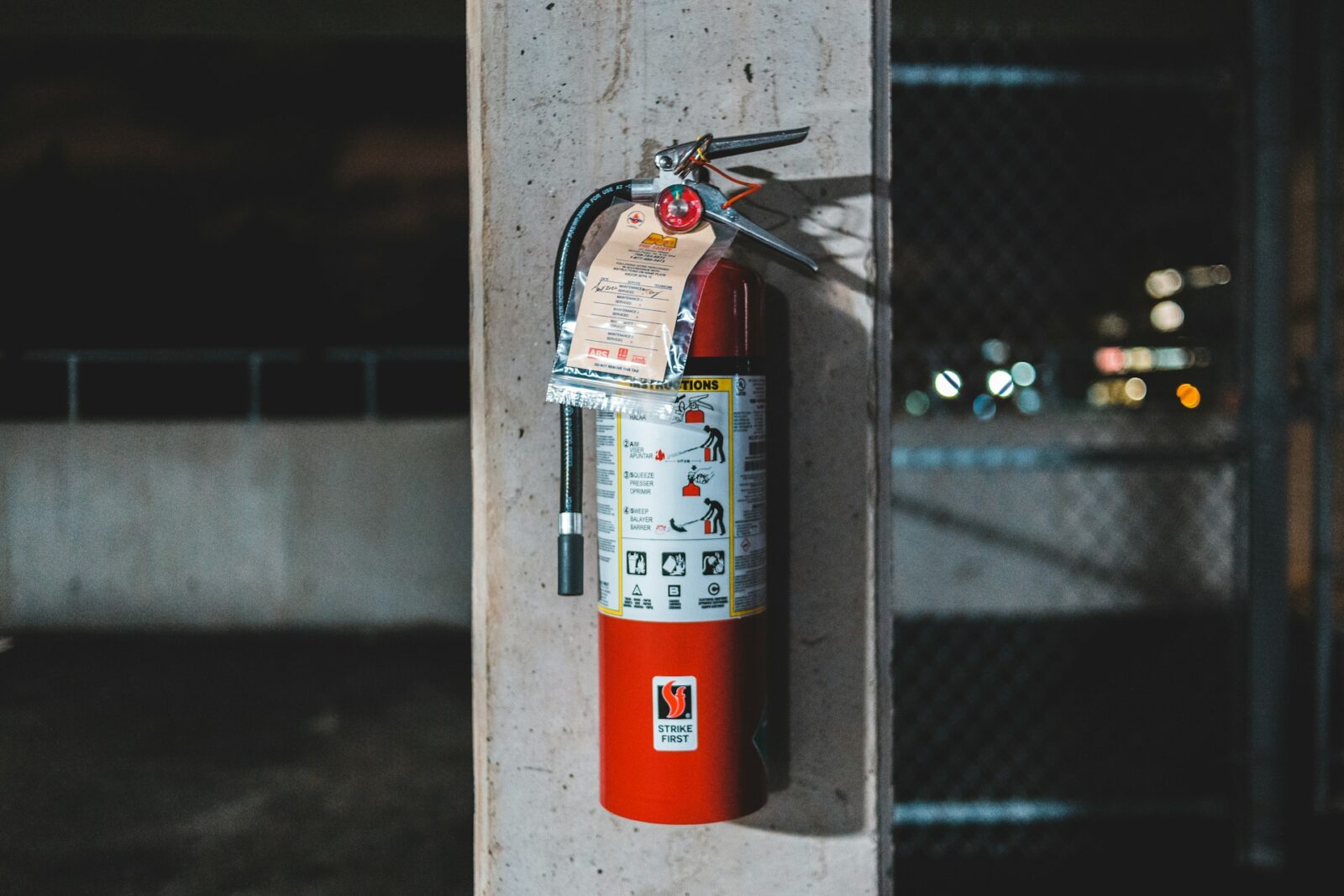Safety practices related to fire represent an essential element which directly protects people and property at high risk locations. The operational environment of manufacturing plants together with chemical facilities along with large-scale warehouses needs advanced solutions because these areas face exclusive operational challenges. The ever-rising stakes in fire situations create an urgent demand for specific safety measures which effectively mitigate the danger level.
Current standards of fire safety practice have become inadequate due to present-day conditions. Operations of large scale require advanced technology together with specialized materials engineered for dangerous scenarios. Through the leadership of companies such as Flaim Systems businesses will be able to substantially upgrade their safety procedures. The following text will examine the special dangers of these locations before discussing new fire protection solutions designed to safeguard individuals and property.
Understanding High-Risk Environments
High-risk environments include many different locations that present an extreme danger of fire hazards. Different types of facilities such as factories and testing centers and building sites have individual dangers that need thorough assessment.
The manmade structures contain operations that handle flammable materials along with complex machines. Both simple and complex tasks become dangerous when workers do not follow strict protocols for management.
The involvement of human elements remains crucial to fire risk control. The combination of fatigue alongside distractions causes workers to increase their risk of experiencing accidental injuries.
Poor ventilation combined with overcrowded areas make environmental conditions that worsen existing dangers. Inspecting these operational conditions serves as the basis for creating specific safety plans which match each challenge.
A systematic understanding of high-risk conditions allows businesses to develop precise protective measures for their distinct organizational weaknesses.
Importance of Fire Safety in High-Risk Environments
All high-risk settings require fire safety measures due to elevated danger levels. Various facilities including chemical plants and warehouses together with manufacturing units hold flammable substances as well as complex operational equipment. The presence of even one small ignition source in these places creates dangerous outcomes.
Solid fire prevention systems protect human lives simultaneously with protecting important physical assets. All workers within potential dangerous environments need to trust that their workplace provides the highest standard of care for their health and safety. This assurance fosters a culture of safety and vigilance.
The compliance with regulations serves as essential to maintain both the operational integrity and safety measures. The violation of fire safety regulations leads organizations to face major financial consequences and business interruptions. Operations for high-risk sectors face severe setbacks from such disruptions since every second is crucial for continuing their workflow.
By making investments into advanced fire security solutions businesses gain dual benefits of improved protection measures as well as decreased operational losses from time spent repairing fire damage. All organizations present in demanding environments must prioritize effective fire strategies because of their fundamental nature.
Common Fire Hazards in High-Risk Environments
The presence of fire hazards exists abundantly in dangerous situations. The potential fire hazards consist of materials with flammability issues along with chemical substances and heated equipment.
Most industrial sites store a combination of combustible chemicals and flammable gasses. Such conditions will increase the likelihood of fire because improper handling remains a possibility.
The risk of fire exists due to electrical wiring problems. Electric circuits with excessive load uneasily ignite into fires at any unforeseen moment. Maintaining all equipment through regular check-ups serves as a crucial method to reduce this threat.
The insufficient ventilation system prevents heat and smoke from escaping so fires become harder to control.
Housekeeping practices that are not satisfactory are responsible for creating additional fire hazards. Building spaces that remain untidy easily create dangerous blockages as well as giving fire the materials it needs to grow.
People making mistakes function as one of the main causes behind numerous incidents. Organizational locations become more prone to risks when employees lack training about safety standards.
Prevention methods require knowledge about these widespread fire risks for successful implementation.
Advanced Fire Safety Solutions for High-Risk Environments
Advanced fire safety measures must be utilized in risky settings because standard protection techniques become insufficient. The most noteworthy technology in this field is automated fire suppression systems. Such systems have the capability to discover fire emergence at early stages thus minimizing damage before emergency personnel get to the location.
Building materials that resist fire represent another modern approach to enhance safety. These materials show flame resistance as well as block smoke alongside dangerous gases from spreading. The incorporation of fireproof building materials into construction enables businesses to build stronger safety performance.
Monitoring of potential hazards with smart sensors becomes possible through their integration into current infrastructure systems. Throughout emergencies quick decisions become achievable because of this proactive strategy which helps protect everyone’s safety.
The implementation of these advanced solutions enhances overall preparedness systems which protects both people along with property from substantial damage resulting from fire incidents. Technology innovations in fire safety are moving forward as the improvements in systems offer promising possibilities for secure environments in dangerous areas.
Fireproof Building Materials
Building materials which keep fires at bay serve as critical elements for protecting safety within high-risk areas. Engineered building materials possess high resistance to heat while fighting fires so they prevent fire from spreading through structures.
The combination of fireproof concrete with steel construction alongside specific glass types greatly improves fire resistance. Business sectors today implement advanced solutions for preserving structural integrity throughout fire emergencies. Such materials serve as dual protection systems that defend both human lives and building infrastructure.
New technological developments have introduced materials that achieve dual functions since they both insulate against heat while diminishing smoke levels and other possible threats. Building projects require the implementation of these safety features to develop both secure workplaces and facilities.
The selection of proper building materials stands as a fundamental aspect for successful fire safety but all components must work together as a complete plan. The chosen materials establish a solid foundation to protect people from threats and provide reassurance to all employees and stakeholders. Organizations lead the market in fire prevention throughout demanding settings by implementing advanced solutions developed by Flaim Systems.
Automated Fire Suppression Systems
Modern fire suppression systems through automation are revolutionizing security measures in danger areas. Advanced technology systems prompt quick fire detection and automatic mechanism activation that needs no human operator involvement.
Networked sensors examine both thermal variations and smoke density. After the system detects a threat it activates automatically. Thanks to quick system activation the damage potential decreases.
The market features different automated system options. Water mist systems apply thin droplets to control flames so they cool-down effectively without producing significant water damage. The application of foam-based solutions effectively smothered industrial flames and those occurring in locations with flammable liquids.
Rubber chemical company members become safer with these innovations which create comfort for both workers and managers. The investment in automated systems becomes essential because traditional firefighting methods cannot operate efficiently when emergencies arise due to time restrictions or accessibility barriers.












